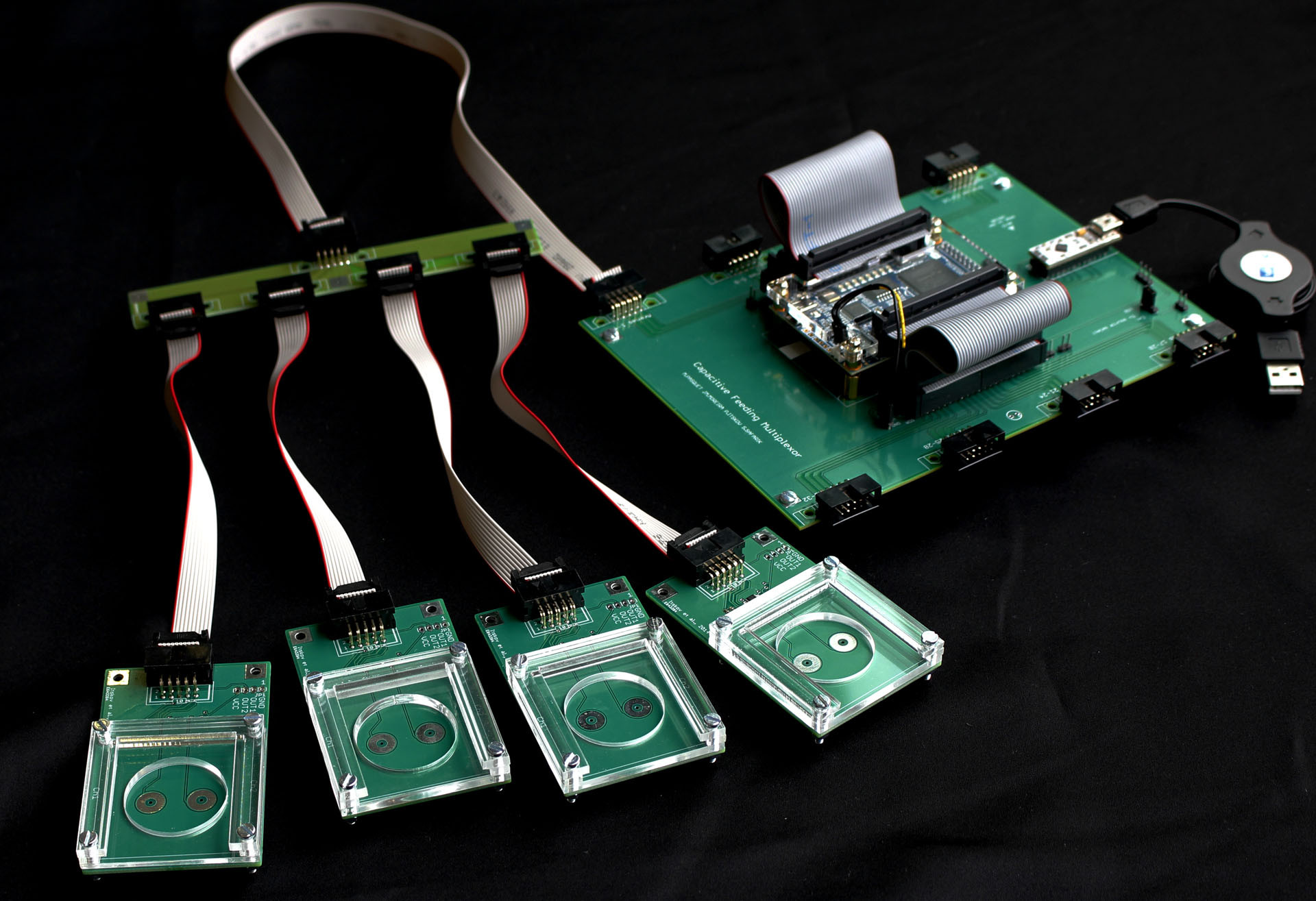New Tech Brings Taste to Virtual Reality
Innovations in the peripheral experiences have helped make virtual reality more immersive and more realistic. The development of haptics (touch) is now at an advanced stage. We have also seen several startups coming up with cool innovations for olfaction (smell/scents) experiences in VR. The latest breakthrough is something many of us might have deemed unthinkable a few years back: a virtual taste.
Scientists have developed a virtual taste experience which generates the sensation of taste through the control of neurons using light. The new system has been successfully tested on flies and it allows them to feel the sweet sensation of taste when feeding on bland food wile exposed to light. This is due to their sweet-sensing neurons being activated through exposure to green light.
The tool that has been designed for the virtual taste sensation is known as optoPAD and it was developed by researchers at the Champalimaud Foundation which is based in Portugal. The optoPAD tool consists of two high-tech components.
The first one is referred to as optogenetics, a cutting-edge technique that deploys light in controlling neuron activity, switching them either “on” or “off”.
The second component in the optoPAD was an extra system that had been developed in the lab previously. This is known as the flyPAD.
The flyPAD utilizes a touchscreen-like technology to help in monitoring the feeding behavior of the fly. It functions pretty much as your smartphone touchpad screen, capable of detecting when a fly touches the food.
The researchers working on the project were able to combine flyPAD with optogenetics to precisely control the taste sensations that the fly experienced.

Taste experiences can only be experienced when the animal voluntarily comes into contact with the food using their proboscis or tongue in contrast to the visual and auditory sensations that can be changed instantaneously and independent of the behavior of the animal. So to create a system that “virtually” alters the taste experience in insects or animals is quite a breakthrough.
The optoPAD enabled the researchers to constantly monitor the behavior of the insect thereby ensuring that the researchers were able to optogenetically alter the taste of the food at the precise moment when the fly came into contact with it.
When applied on flies, the system enabled them to get a sweet sensation even though the food-in this case a gelatinous goo- had an otherwise bland taste.
The study highlighted the capability of the optoPAD system to effectively combine active feeding with optogenetic manipulations and create virtual tastes which have a real impact on the feeding behavior of the flies.
The optoPAD system could optogenetically activate the sweet-sensing neurons in order to make a fly eat excessively. It could also activate the bitter-sensing neurons to make the fly stop eating completely even if the fly was hungry.
While the system could be used to boost someone’s nutrition without necessarily compromising the taste, the researchers and developers want to use the optoPAD system to enhance our lives in a very fundamental way. The system could help in identifying the genes and neurons which are likely to have an impact on our nutrition as well as the human wellbeing.
https://virtualrealitytimes.com/2019/06/26/new-tech-brings-taste-to-virtual-reality/https://virtualrealitytimes.com/wp-content/uploads/2019/06/flyPAD-hardware-600x411.jpghttps://virtualrealitytimes.com/wp-content/uploads/2019/06/flyPAD-hardware-150x90.jpgInventionsInnovations in the peripheral experiences have helped make virtual reality more immersive and more realistic. The development of haptics (touch) is now at an advanced stage. We have also seen several startups coming up with cool innovations for olfaction (smell/scents) experiences in VR. The latest breakthrough is something many...Sam OchanjiSam Ochanji[email protected]EditorVirtual Reality Times - Metaverse & VR
